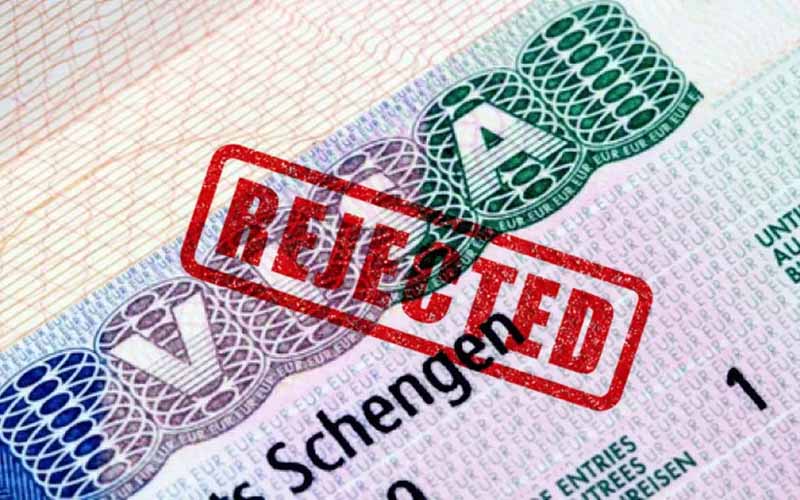

Getting your visa application rejected can be a major bummer, especially if you’re dreaming of traveling or studying abroad.
But don’t worry, we’ve got the lowdown on why this might be happening and what you can do to turn that rejection into an approval.
Common reasons for visa rejection
- Incomplete application: One of the most common reasons for visa rejection is not filling out the application properly. Missing documents or incomplete information can lead to an automatic no.
- Insufficient funds: Visa officers need to know you can support yourself financially during your stay. If your bank statements don’t show enough funds, your application could be denied.
- Invalid or incomplete documentation: Submitting old or incorrect documents can get your application rejected. Make sure everything is up-to-date and correctly translated if needed.
- Poor interview performance: If you have to go for an interview, looking nervous or not answering questions confidently can hurt your chances. Be prepared and practice your answers.
- Lack of ties to home country: Visa officers want to be sure you’ll return home after your trip. If you don’t have strong ties to your home country, like a job, family, or property, they might think you’re planning to overstay.
- Previous visa denials: If you’ve been denied a visa before, it could count against you unless you’ve significantly improved your situation.

How to improve your chances
- Complete your application: Double-check your application for any missing information or documents. It might help to have someone else review it too.
- Show sufficient funds: Make sure your bank statements clearly show you have enough money to cover your stay. Consider including a letter from your bank.
- Organize your documents: Gather all required documents and ensure they are current and accurate. Use a checklist to keep track of everything you need.
- Ace the Interview: Practice common interview questions and go in with confidence. Dress appropriately and be honest with your answers.
- Prove your ties to home: Provide evidence that you have reasons to return home, such as a job offer, family responsibilities, or property ownership.
- Address previous denials: If you’ve been denied before, include a letter explaining what’s changed since then. Show how you’ve improved your situation.

Getting a visa can be tricky, but it’s not impossible. Understanding why applications get rejected and how to avoid common pitfalls can make a big difference. Be thorough, be honest, and don’t give up. Your travel dreams are worth the effort!
Applying for a visa can be stressful, but with these tips, you’ll be better prepared to get that approval and start your adventure. Safe travels!
Hopefully, these insights help you navigate the visa application process. Remember, persistence is key, and every successful traveler has faced hurdles along the way. Stay positive and keep pushing forward!
Read Full Story













Facebook
Twitter
Pinterest
Instagram
Google+
YouTube
LinkedIn
RSS